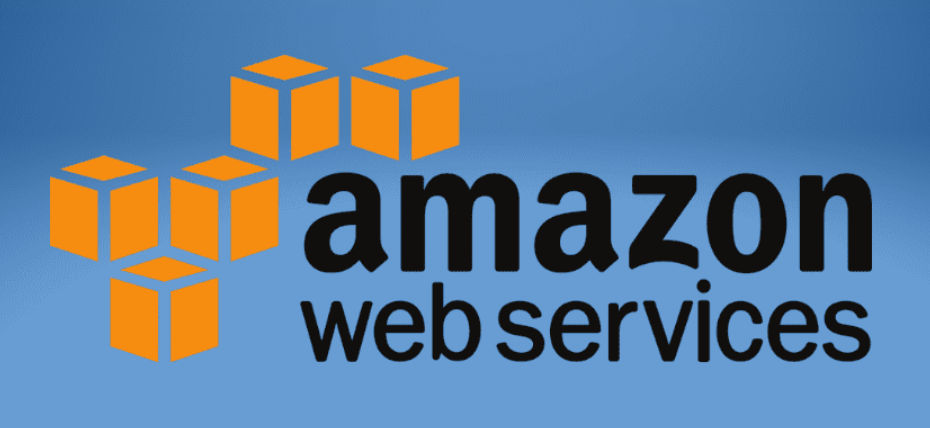The Hidden Architecture Behind Millions of Websites
Imagine for a moment the intricate digital infrastructure powering the websites you interact with daily. Behind every seamless online experience lies a complex network of servers, data centers, and cloud technologies. At the heart of this digital ecosystem sits Amazon Web Services (AWS), a technological powerhouse that has fundamentally transformed how websites are hosted, scaled, and managed.
The Staggering Scale of AWS Website Hosting
When we dive into the numbers, the scale of AWS‘s impact becomes truly remarkable. As of 2024, AWS supports an astounding 65,940,013 websites globally, representing a significant portion of the internet‘s total infrastructure. This isn‘t just a number—it‘s a testament to the platform‘s technological sophistication and reliability.
Breaking Down the Global Web Hosting Landscape
To understand AWS‘s dominance, we need to contextualize its market position. Out of approximately 2 billion active websites worldwide, AWS hosts nearly 3.3% directly. While this might seem modest, the quality and complexity of these websites tell a different story. In the top 10,000 high-traffic websites, AWS powers an impressive 53.03%—over 5,303 sites that represent the digital elite.
Geographic Distribution of AWS-Hosted Websites
The global distribution of AWS-hosted websites reveals fascinating technological migration patterns. The United States leads with 3,936,181 websites, reflecting its technological innovation hub status. Following closely are:
- United Kingdom: 1,476,163 websites
- Germany: 867,987 websites
- Netherlands: 590,639 websites
- Canada: 589,581 websites
This geographic spread demonstrates AWS‘s global reach and adaptability across different technological ecosystems and regional internet infrastructures.
Technical Architecture: How AWS Enables Website Scalability
What makes AWS so compelling isn‘t just its numbers, but its underlying technological architecture. With 31 geographical regions and 99 Availability Zones, AWS provides unprecedented redundancy and performance optimization.
Availability Zones: The Backbone of Digital Resilience
Each Availability Zone represents a distinct data center with independent power, cooling, and networking infrastructure. This design ensures that if one zone experiences issues, others can seamlessly take over, providing remarkable website reliability.
The strategic placement of these zones—from Bahrain to Tokyo, Cape Town to Stockholm—allows businesses to distribute their digital infrastructure globally, reducing latency and improving user experience.
Economic Impact and Market Dynamics
In the first quarter of 2023 alone, AWS generated $21.4 billion in revenue. This isn‘t just a financial metric; it‘s a reflection of the platform‘s critical role in powering digital transformation across industries.
AWS commands an impressive 32% of the public cloud computing market, significantly ahead of competitors like Microsoft Azure (23%) and Google Cloud Platform (10%). This market leadership isn‘t accidental but the result of continuous innovation and robust infrastructure.
Case Studies: Websites Transformed by AWS
Netflix: Streaming Revolution
Netflix, perhaps the most prominent AWS success story, relies entirely on the platform‘s infrastructure. By leveraging AWS‘s scalability, Netflix can stream content to over 230 million subscribers worldwide, handling massive concurrent traffic loads that would overwhelm traditional hosting solutions.
Airbnb: Global Marketplace Infrastructure
Airbnb‘s complex global marketplace requires real-time data processing, dynamic pricing algorithms, and seamless user experiences. AWS provides the computational power and flexibility to manage millions of listings across hundreds of countries.
Future Trends in Web Hosting
As we look forward, several trends are reshaping website hosting:
- Edge Computing: Bringing computational resources closer to end-users
- AI-Driven Infrastructure Management: Predictive scaling and optimization
- Enhanced Security Protocols: Zero-trust architectures
- Sustainable Cloud Computing: Reducing environmental impact
Technical Considerations for Website Owners
If you‘re considering AWS for your website, consider these strategic insights:
- Evaluate your traffic patterns and computational needs
- Understand the cost implications of different service tiers
- Plan for scalability from the beginning
- Implement robust security measures
- Continuously monitor and optimize your infrastructure
Cost Dynamics
Hosting on AWS typically ranges from $1-$3 monthly outside the free tier, making it accessible for startups and enterprise-level organizations alike.
Conclusion: The Evolving Digital Ecosystem
AWS represents more than a hosting platform—it‘s a technological catalyst driving digital innovation. By providing robust, scalable infrastructure, it enables businesses and creators to push the boundaries of what‘s possible online.
As the internet continues to evolve, platforms like AWS will play an increasingly critical role in shaping our digital experiences, transforming how we create, consume, and interact with online content.
About the Research
This analysis is based on comprehensive data from AWS, BuiltWith, and independent technology research firms, providing a holistic view of the current web hosting landscape.
Disclaimer: Technology landscapes evolve rapidly. While accurate as of July 2024, readers are encouraged to verify current statistics and trends.
